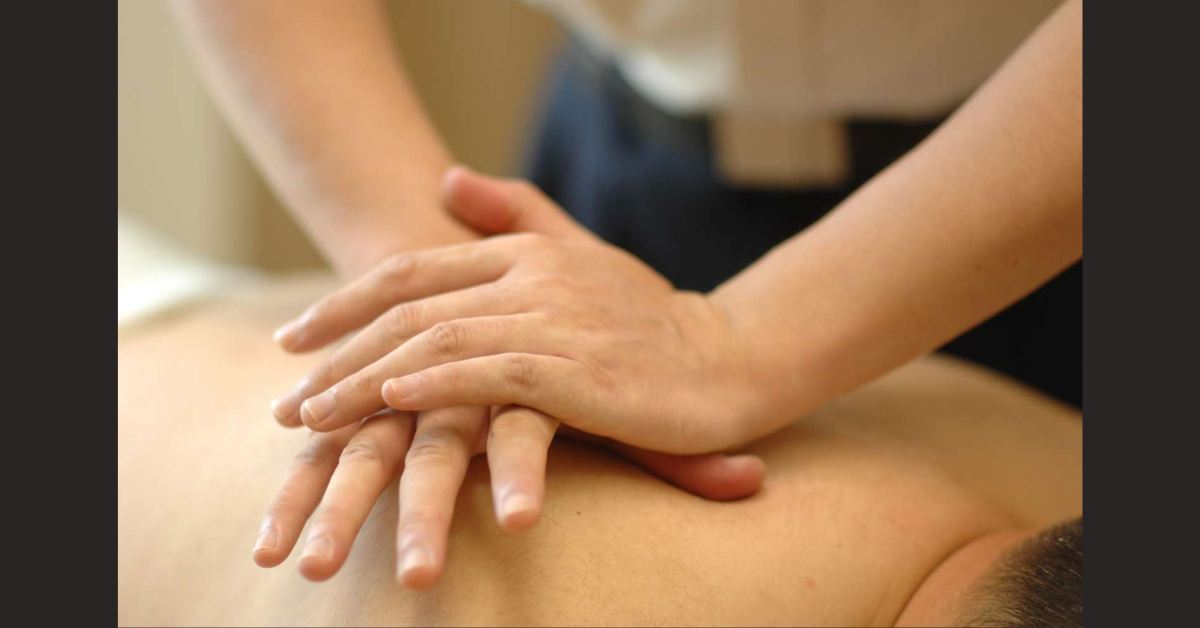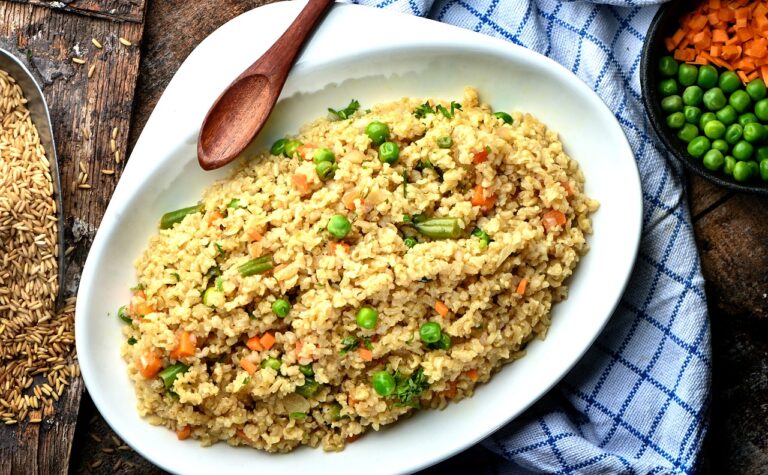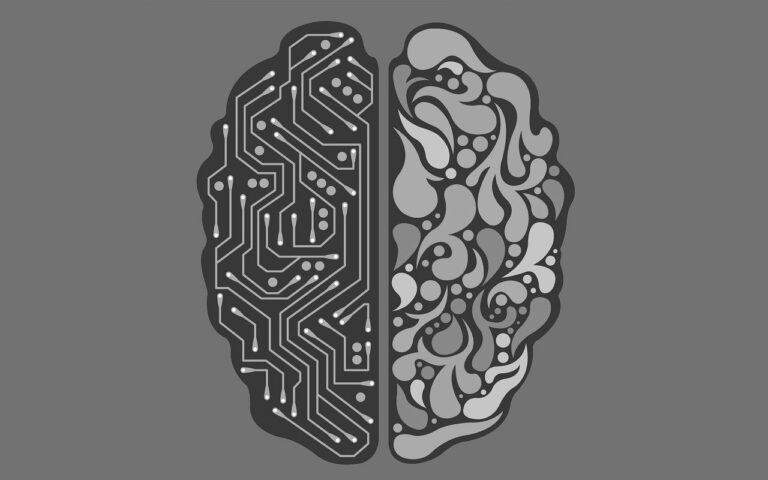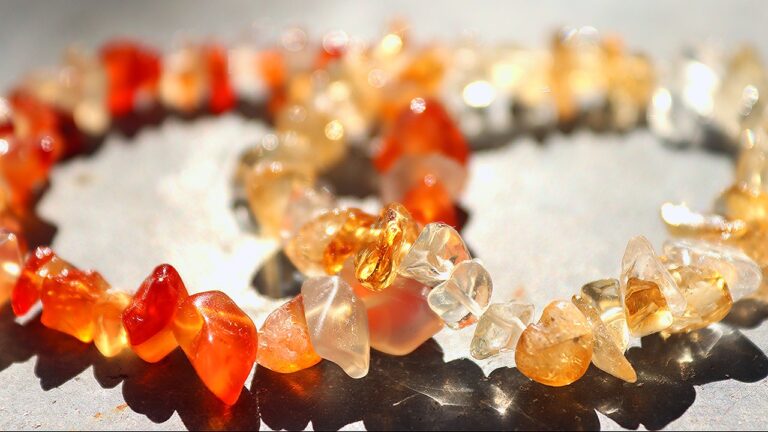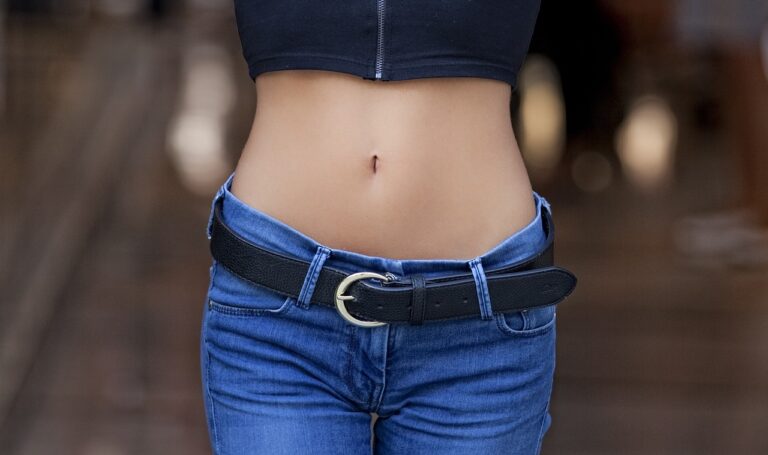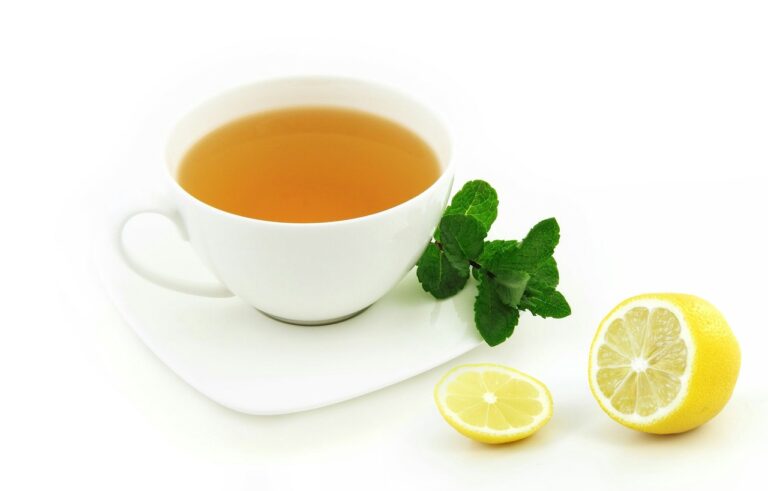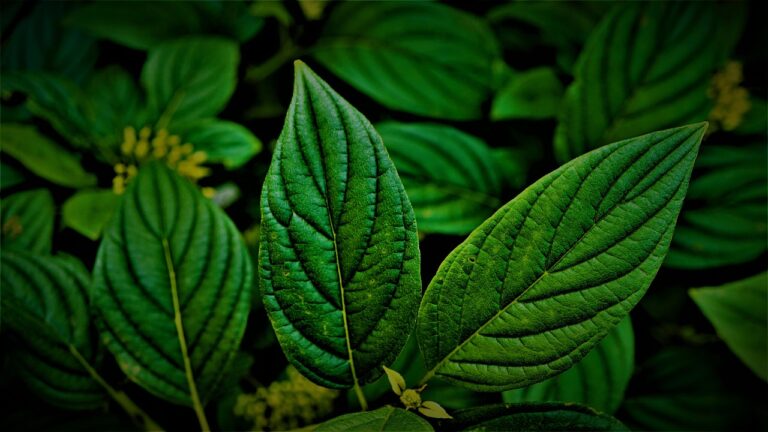Understanding TCM Tuina in Singapore: The Ancient Healing Art Making a Modern Comeback
In today’s fast-paced urban lifestyle, many individuals in Singapore are turning to time-tested holistic therapies to address both physical ailments and emotional stress. One such therapy gaining popularity is TCM Tuina Singapore an ancient Chinese manual therapy that falls under the umbrella of Traditional Chinese Medicine (TCM). As awareness grows about natural and non-invasive healing methods, Tuina is emerging as a powerful tool for pain management, relaxation, and overall well-being.
What is Tuina?
Tuina (pronounced “twee-nah”) is a form of Chinese therapeutic massage that has been practiced for over 2,000 years. Unlike Western massage techniques focused primarily on muscle relaxation, Tuina integrates a TCM perspective by targeting the body’s meridians and acupoints. The aim is to restore balance and harmony to the body’s energy (Qi) by stimulating the flow of Qi and blood, thus promoting healing from within.
TCM Tuina is based on the same foundational theories as acupuncture and herbal medicine. Therapists use their hands, fingers, elbows, and sometimes even tools to apply pressure, knead, and manipulate soft tissues. This technique is especially effective for musculoskeletal conditions such as back pain, stiff necks, frozen shoulders, and joint pain. However, it is also commonly used to treat insomnia, digestive issues, and stress-related disorders.
Why Choose Tuina Over Conventional Massage?
One of the biggest differences between Tuina and conventional Western massage lies in the therapeutic intent. While many modern massage therapies focus on temporary relief and relaxation, Tuina targets the root causes of physical and energetic imbalances. This makes it ideal not only for relaxation but also as part of a broader treatment strategy for chronic health conditions.
In Singapore, people who experience frequent tension due to office jobs, long hours at desks, or strenuous physical activity often turn to TCM Tuina Singapore therapists. With personalized diagnosis based on TCM principles (such as pulse reading and tongue analysis), practitioners design a treatment approach specific to each individual’s constitution and symptoms.
Key Benefits of TCM Tuina
1. Pain Relief and Muscle Recovery
One of the most well-known benefits of Tuina is its ability to relieve muscle and joint pain. It is particularly useful for individuals suffering from chronic conditions such as sciatica, arthritis, or lower back pain. By stimulating acupoints and promoting circulation, Tuina encourages the body’s natural healing process, reducing inflammation and muscle tension.
2. Improves Circulation and Boosts Immunity
Tuina therapy stimulates blood and lymphatic flow, enhancing oxygen and nutrient delivery to tissues while aiding in the removal of metabolic waste. This improved circulation contributes to better immune function, quicker recovery from illness, and reduced fatigue.
3. Stress Reduction and Mental Clarity
Many clients report a noticeable decrease in stress and anxiety after Tuina sessions. This is due to the therapy’s ability to regulate the nervous system and balance the body’s energy. Regular sessions can lead to improved sleep, reduced headaches, and a more relaxed state of mind—benefits highly valued in a high-stress society like Singapore.
4. Preventative Healthcare
TCM emphasizes maintaining health and preventing illness rather than just treating symptoms. Tuina plays a key role in this preventative philosophy. Routine Tuina sessions can help identify subtle imbalances in the body early on, preventing more serious health issues from developing.
What to Expect During a Tuina Session
A typical Tuina session begins with a brief consultation. The therapist may ask questions about your health history, lifestyle, sleep patterns, digestion, and emotional well-being. This is followed by an analysis of the tongue and pulse—standard diagnostic tools in TCM.
Once a diagnosis is made, the therapist will apply specific Tuina techniques, often targeting meridians that correspond to the identified imbalances. Sessions may include techniques like rolling, pressing, grasping, kneading, or tapping. While some movements may feel intense, especially over tight or inflamed muscles, the treatment should not be painful.
Unlike oil-based massages, Tuina is usually performed through a cloth or directly on the skin without the use of oils. Sessions typically last between 30 to 60 minutes, depending on the individual’s needs.
The Rise of TCM Tuina Singapore Clinics
In recent years, Singapore has seen a growing demand for TCM services, including Tuina. This is partly due to increased awareness of natural health approaches and the desire for integrative treatment methods that blend both Eastern and Western philosophies. Clinics offering TCM Tuina Singapore treatments are often staffed by licensed and certified practitioners trained in both modern anatomy and ancient healing arts.
Singapore’s multicultural society has long embraced a fusion of Eastern and Western healthcare. With government recognition and regulation of TCM practitioners through bodies like the Traditional Chinese Medicine Practitioners Board (TCMPB), locals and expatriates alike have peace of mind when seeking Tuina therapy.
Moreover, many TCM clinics in Singapore have modernized their facilities to cater to a broader demographic. Patients benefit from contemporary comforts while receiving treatments rooted in centuries-old wisdom.
Tuina for Children and the Elderly
Tuina isn’t just for adults. Pediatric Tuina is becoming increasingly popular among parents looking for non-pharmaceutical remedies for common childhood issues like colic, poor appetite, coughs, and behavioral challenges. For the elderly, Tuina offers a gentle yet effective option for managing age-related ailments such as arthritis, poor circulation, and insomnia.
Practitioners adjust techniques and pressure according to the age and physical condition of the patient, making it a safe and adaptable therapy for nearly every stage of life.
Integrating Tuina with Other TCM Modalities
Tuina is often combined with other TCM treatments to enhance results. For example, a practitioner may recommend acupuncture or herbal remedies to support the healing initiated by Tuina massage. Cupping and gua sha (scraping therapy) are also commonly used in conjunction with Tuina for detoxification and relief of muscular tension.
When integrated properly, these therapies can form a comprehensive and customized wellness program, addressing both symptoms and underlying imbalances.
Conclusion
With its holistic approach and long-standing efficacy, TCM Tuina Singapore represents more than just a trend—it reflects a shift toward mindful, balanced living. Whether you are dealing with chronic pain, recovering from an injury, or simply seeking a natural path to relaxation and vitality, Tuina offers a therapeutic option deeply rooted in tradition and adapted for the modern lifestyle.
As more people in Singapore prioritize wellness and longevity, Tuina’s presence in the healthcare landscape is set to grow even stronger. For those who are new to the practice, exploring this ancient art may just be the gateway to a healthier, more harmonious life.

